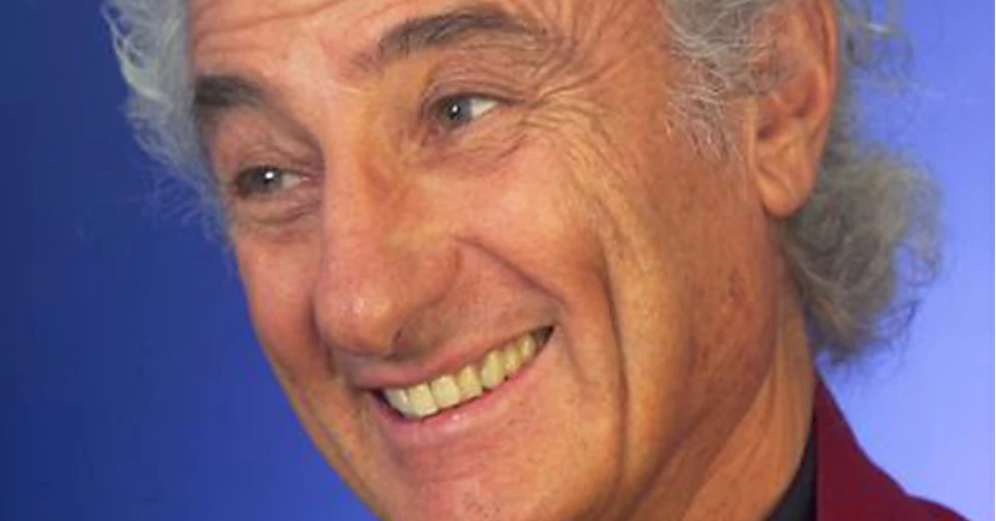Reading time: 2 minutes
What are conditioned reflexes?
Basically there are two types of reflexes: natural and conditional. I will speak little about those natural, because they are easily intuitive. The easiest case concerns the guy sited at the bar that sees a wonderful girl. Right away our boy will inevitable be attracted by that girl, and he will have a sequence of little changing, such as the dilation of pupils because of the excitement. The conditional reflexes are more interesting and bounded to the issue of education.
We want to take as starting point a definition by Samy Molcho, expert of non-verbal communication; actually I’m not totally in harmony with him. He says: “Education is an attempt to planning the persons’ reactions to subjecting them to collective program”.
The provocation of Molcho will help to understand better the importance and the possible distort use of the conditional reflexes. These were found by the physiologist Ivan Pavlov thanks to a simple and genial experiment. Practically, Pavlov gave food every day to a dog, and every time that the dog was going to receive its quotidian portion of food, it saw a red light turning on; the days passed and this schema occurred a lot of times. But one day, here the red light turned on, and food didn’t appear. The dog had forward to itself a bowl that it recognized empty, despite this, all effects happening when the bowl was full occurred in it. Then Pavlov reported that the dog produced gastric suits as to prepare to taste something, the spittle increased into the animal’s mouth and so on. All this in front of the empty bowl! There the conditional reflexes have been created, such as gastric suits, afterward a fact totally unlinked: the turning on of a red light.

The wrong use of conditioned reflexes
Coming back to the initial provocation, in the definition of education by Molcho, I can out light that effectively a risk exists. It consists in creating inside the society conditional reflexes which alienate the persons bounding some their gesture with some indirect and immediate consequences. Imagine for example a kid which finds the soup on the table just after he has well cleaned his room. He consequently gets used to clean it every time he wants to eat. We could make a lot of examples, more grotesque and with more dangerous variations. Then the invitation is to asking always the reasons of a gesture that we put in place for releasing from possible and always more frequented external conditioning.
Luca Brambilla
